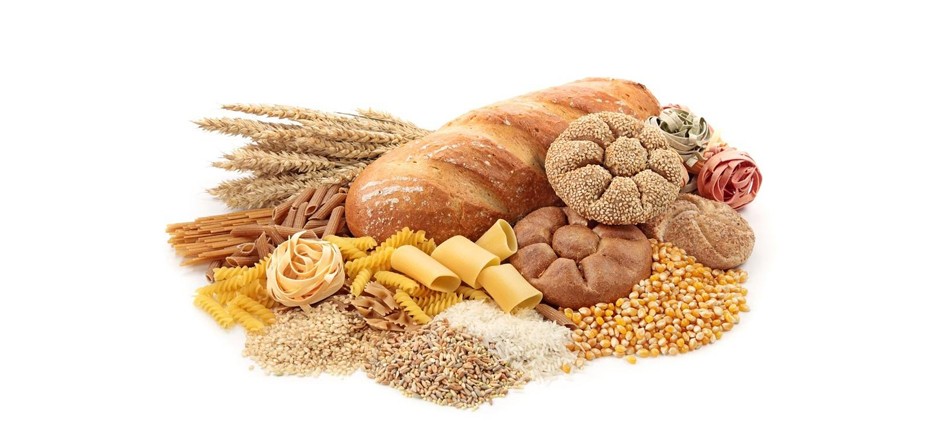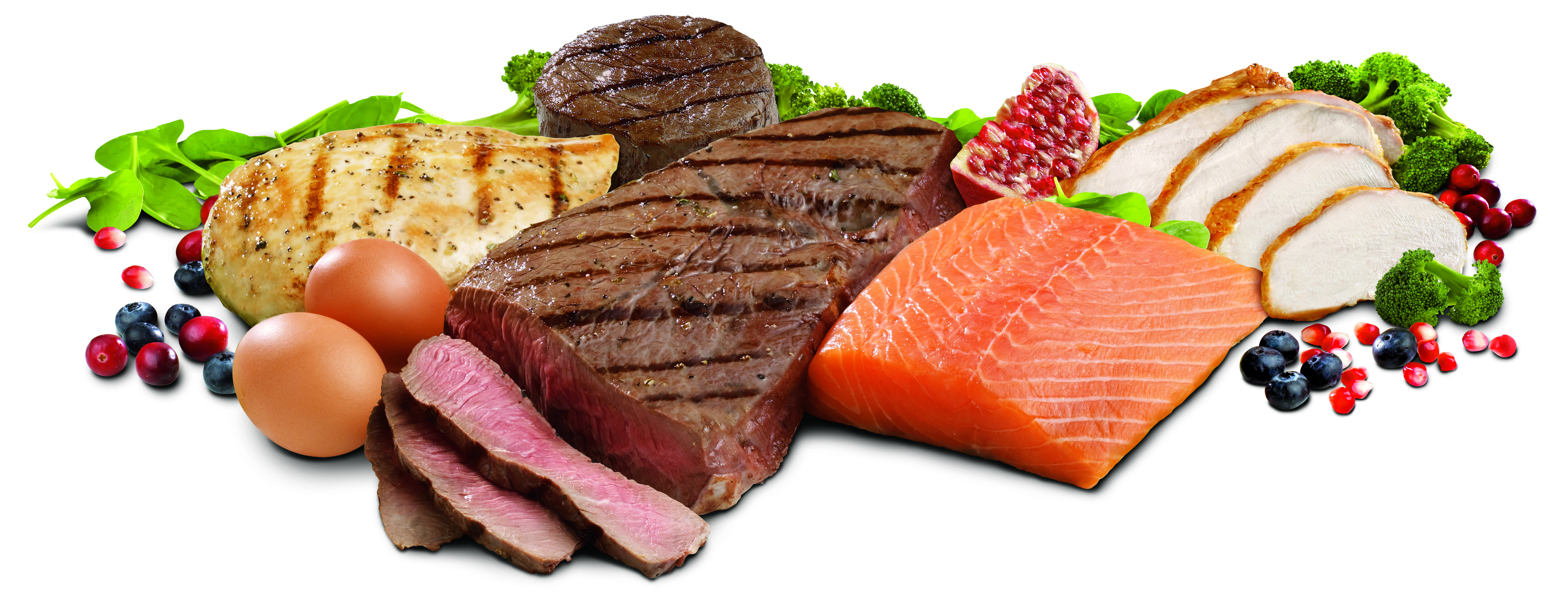Have you always wanted to know the truth about carbs, fats and protein? Find out how much of each of these you need daily and why, plus lots more. Use this fact sheet to understand what your body needs, and why you don’t have to frustratingly avoid certain foods that you want as part of your healthy living plan.
CHO (carbohydrates), proteins and fats supply 90% of the dry weight of the diet and 100% of its energy. All three sources provide the body with energy, but the amount of energy in 1 gram differs:
- 4 calories in a gram of CHO or PROTEIN
- 9 calories in a gram of FAT
These nutrients also differ in how quickly they supply energy to the body. CHO are the quickest – fats are the slowest. The body uses these basic units to build substances it needs for growth, maintenance and activity. CHO, proteins and fats are digested in the intestine, where they are broken down into their basic units:
- Carbohydrates into sugars
- Proteins into amino acids
- Fats into fatty acids and glycerol
Carbohydrates – Simple VS. Complex
Simple CHO include table sugar, syrup, candy, cake, beer cookies and soda. These are the bad carbs which most of the time – should be avoided in large quantities! These are small molecules, so they can be broken down and absorbed by the body quickly and are the quickest source of energy. They quickly increase the level of blood glucose (blood sugar). Fruits, dairy products, honey and maple syrup contain large amounts of simple CHO, which provide the sweet taste in most candies and cakes.
Complex CHO include starches and fibers – (bread and pastas), other grains (rye and corn), beans and root vegetables (potatoes and sweet potatoes).
Because complex CHO are larger molecules than simple CHO, they must be broken down into simple CHO before they can be absorbed. They tend to provide energy to the body more quickly than protein or fat. Because they are digested slower than simple CHO, they are less likely to be converted to fat. They also increase blood sugar levels slower and to lower levels than simple CHO, but for a longer time.
If people consume more CHO than they need, the body stores some of these CHO within cells (as glycogen) and converts the rest to fat. Glycogen is a complex CHO that the body can easily and rapidly convert to energy. Glycogen is stored in the liver and the muscles. Muscles use glycogen for energy during periods of intense exercise. The amount of CHO stored as glycogen can provide almost a day’s worth of calories. Neither low- carb diets nor low- GI diets are a magic pill for fat loss; the main thing is to eat the right amount of healthy foods that fuel metabolism, which in turn will help you burn fat. The important thing to remember is that your body needs carbs, especially if you are performing intense exercise. Without CHO your body will begin to break down your muscle tissue to fuel your body, which will sabotage your efforts. It’s not as simple as dividing complex carbs from simple ones. A great way to rate carbohydrate quality is the Glycemic Index (GI). It attempts to classify foods by how quickly they break down and high they boost blood sugar levels.
Protein is used by the body to repair muscle, bone, skin, teeth and hair among other things. It maintains and replaces tissues to function and grow – without it, the entire structure of the body begins to break down. Unlike other nutrients, your body can not assemble protein by combining other nutrients, so it needs to be prioritised if achieving to be your best looking and healthiest body possible. Protein is one of the most metabolic macro-nutrients, meaning that the more protein you eat, the more calories you burn. If you’re going to overeat on macro-nutrients (protein, carbs or fats) protein is usually your safest bet – calories are still calories though so you can’t eat as much as you want. The body contains large amounts of protein which is the main building block in the body. Adults need to eat about 60 grams of protein per day (0.8g per KG of weight or 10-15% of total calories). Adults who are trying to build muscle need slightly more. Children also need more because they are growing. People who are limiting calories to lose weight need a higher amount of protein to prevent loss of muscle while they are losing weight.
Fat plays an important role in helping the general functioning of your body such as your heart, nerves and muscles. Fats are complex molecules composed of fatty acids and glycerol and the body needs fats for growth and energy. Fats are the slowest source of energy but the most energy- efficient form of food. Each gram of fat supplies the body with about 9 calories, (more than twice that supplied by proteins or carbs) Because fats are such an efficient supply of energy, the body stores any excess energy as fat. The body deposits excess fat in the abdomen, under the skin – to use when it needs more energy. The body may also deposit excess fat in blood vessels and within organs – where it can block blood flow and damage organs which can cause serious disorders. There are different kinds of fats monosaturated, polyunsaturated and saturated fats.
- Saturated fats can increase your risk of heart disease and increases your blood cholesterol, in particular increaseing the bad (LDL) cholesterol. Saturated fat mainly comes from the fat you can see on meat and chicken, from dairy products and from some plant foods like palm and coconut oil. It can be found in processed foods like biscuits, pastries and takeway foods that have used ingredients like butter and palm oil.
- Trans fat (trans fatty acids) are a different category of fat and are in foods that use hydrogenated vegetable fats, like deep-fried foods and baked foods like biscuits, cakes, pastries and buns.
- Healthier fats include monounsaturated fats and polyunsaturated fats (omega-3 and omega- 6). Sources of monounsaturated fat include avocados, almonds, cashews, peanuts, cooking oils made from plants or seeds – canola, olive, peanut, soybean, rice bran, sesame and sunflower oils. These fats help the cholesterol balance in your blood by decreasing the bad (LDL) cholesterol and increase the good (HDL) cholesterol.
And there you have it. By now, hopefully you have learnt a lot of interesting facts all about carbs, fats and protein. We hope this may encourage you to make some what healthier choices when food shopping – knowing what all of these to do our bodies. Just remember calories are still calories, so you can’t eat as much as you want.



